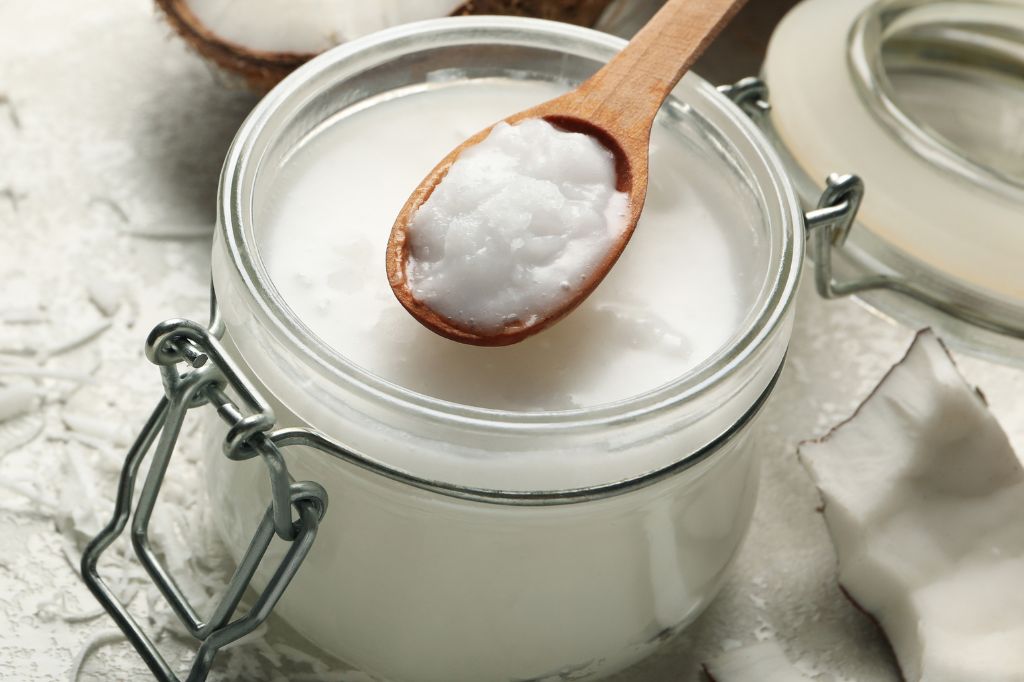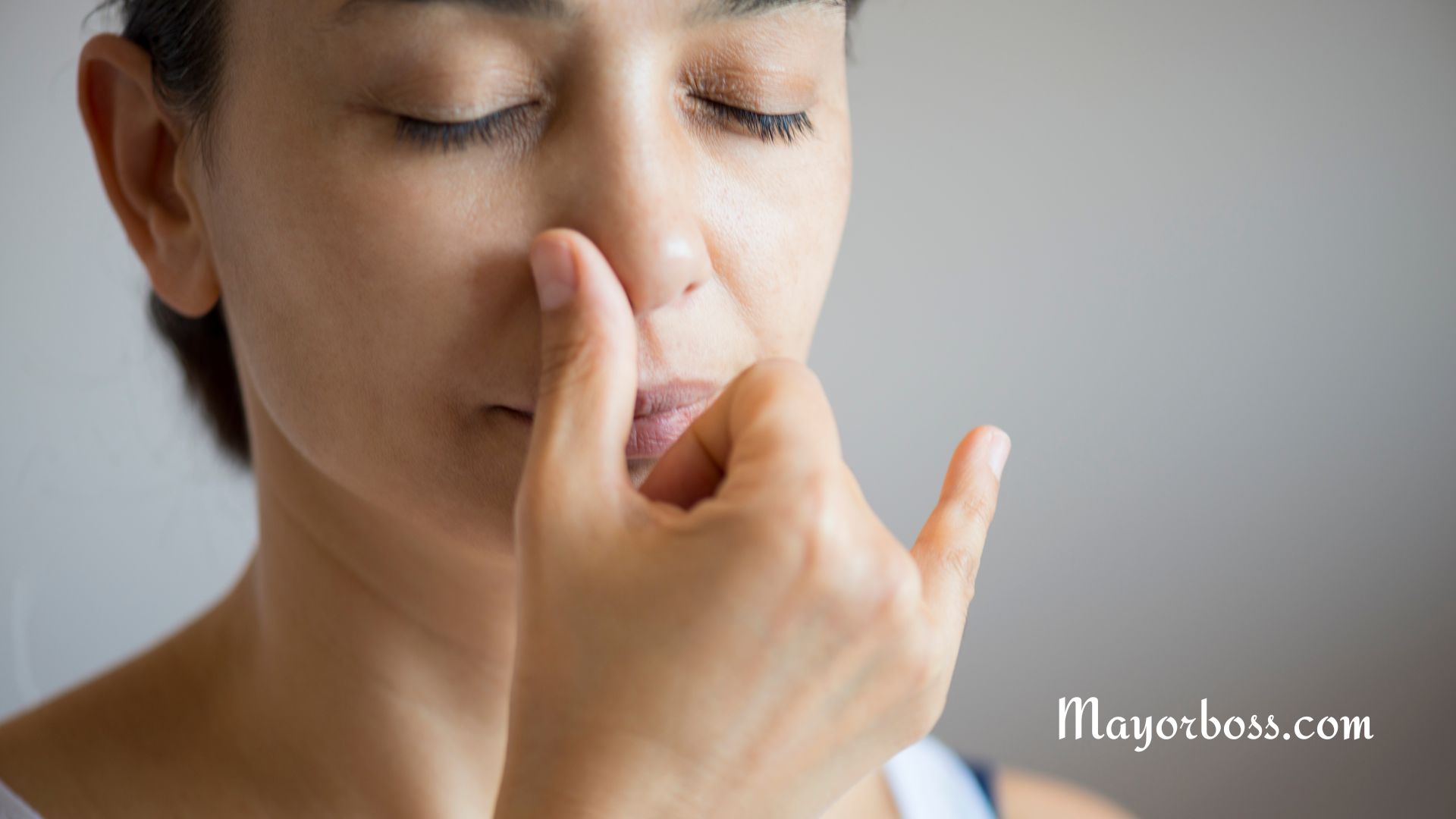How to Use Massage Oils
Massage oils can significantly enhance the massage experience by reducing friction and nourishing the skin. Whether you’re a beginner or experienced in giving massages, using massage oils can make the process more enjoyable and relaxing. Below, I’ll guide you through the effective use of massage oils.
Choosing the Right Massage Oil

Consider Skin Type
Before jumping in, selecting an oil that suits the skin type of the person receiving the massage is crucial. For instance, if they have sensitive skin, opt for hypoallergenic oils like jojoba or sweet almond oil.
Think About Aromas
Also, consider the scent of the oil. Essential oils like lavender or chamomile can add a relaxing aroma, enhancing the massage experience. However, ensure the person receiving the massage likes the scent and does not have allergies to it.
Texture and Absorption
Pay attention to the texture and absorption rate of the oil. Some oils are thicker and provide more glide, while others are lighter and absorb quickly into the skin.
Preparing for the Massage
Setting the Mood
Create a relaxing atmosphere. This could involve dimming the lights, playing soft music, and ensuring the room is at a comfortable temperature.
Warming the Oil
Warm the massage oil slightly before use. This can be done by rubbing the oil between your hands. It’s important not to overheat the oil, as it could cause discomfort.
Applying the Massage Oil
Start with a Small Amount
Begin with a small amount of oil. You can always add more if needed. Too much oil can make the massage slippery and less effective.
Technique Matters
Use long, smooth strokes to apply the oil to the skin. This approach spreads the oil evenly and helps the person receiving the massage relax.
During the Massage
Adjust the Pressure
Pay attention to the person’s response. Some areas might need lighter pressure, while others can handle more firmness. Communication is key here.
Reapply as Needed
Apply more oil if the skin starts to feel dry or the friction increases. However, remember to warm it up in your hands first.
Be Mindful of Sensitive Areas
Avoid applying oil directly to wounds, rashes, or inflamed skin. Also, be cautious around sensitive areas like the face and neck.
After the Massage
Cleaning Up
After the massage, there might be excess oil on the skin. You can gently wipe off the excess with a soft towel if desired.
Hydration
Encourage the person to drink water after the massage. This helps to hydrate the body and can enhance the benefits of the massage.
Final Word
Using massage oils can transform a regular massage into a more therapeutic and enjoyable experience. By choosing the right oil, setting a calming environment, and applying the oil effectively, you ensure a relaxing and beneficial massage for the receiver.
Further Reading: 5 Reasons to Try Hot Stone Massage






